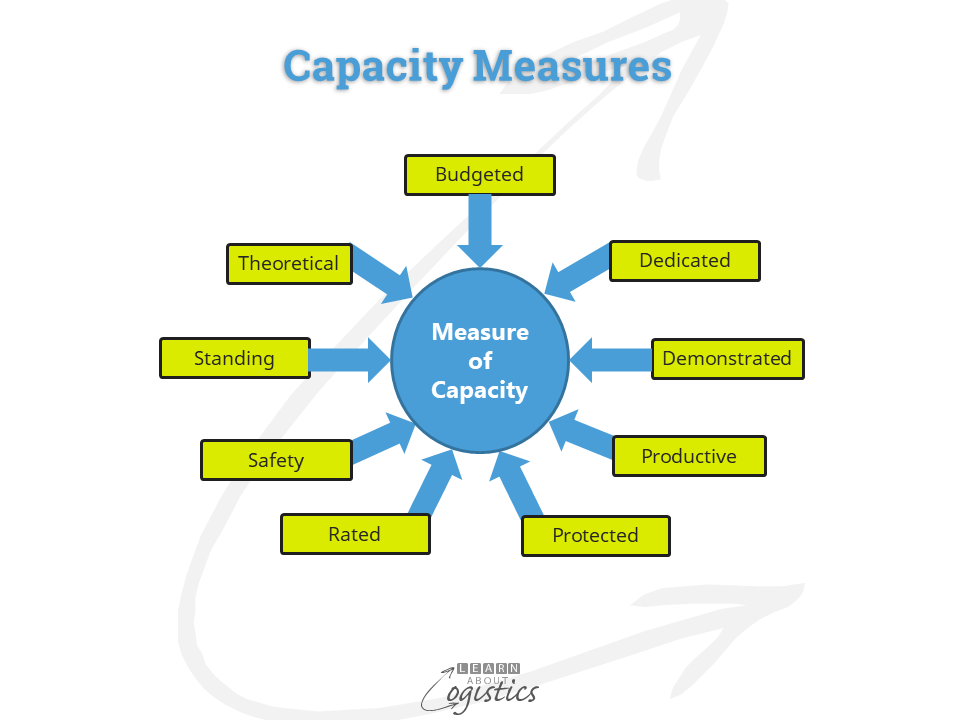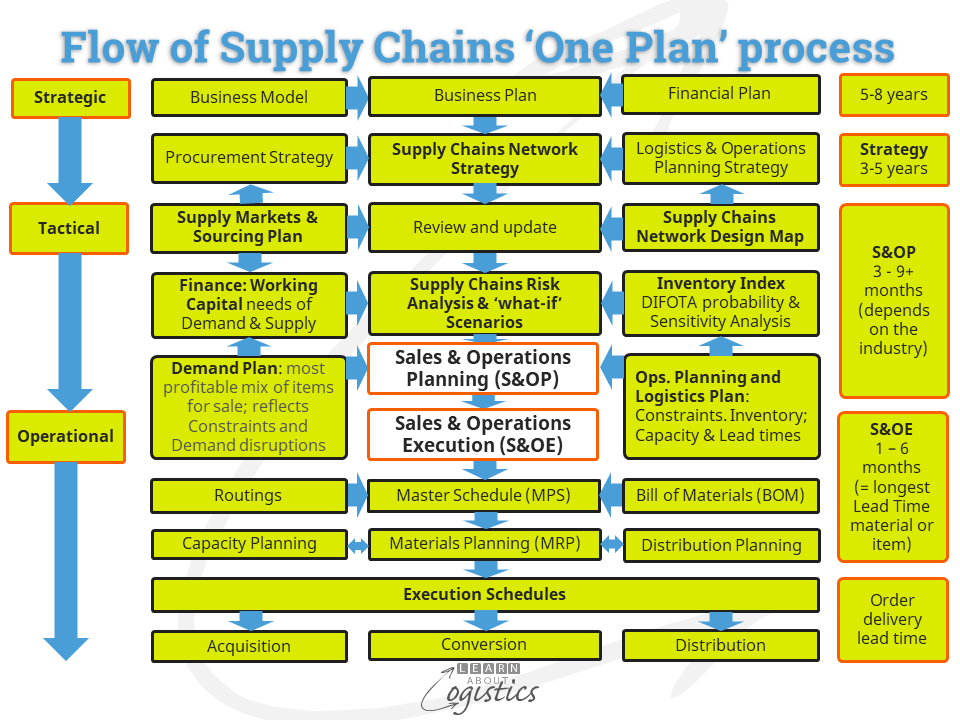Capacity challenge
Flows of materials and items through an organisation’s supply chains are governed by inventory, lead times and capacity – the triangle of operational resources that provide Availability of products for customers. Of the three, operational capacity within a business is the resource least influenced by external events and decisions and therefore more able to be planned.
Operational capacity consists of: inbound transport, physical space, machine capacity, labour resources and outbound transport required to achieve a planned level of sales or output within a defined time period. When capacity becomes limited, consistent on-time delivery is likely to be affected, along with increased costs to overcome the challenges. The pressure then builds in the business to expand capacity at the facility or acquire a larger facility in a different location.
A recent article outlines an assignment that a consultancy undertook with an Australian based on-line retailer of fashion products. On peak days in 2022, the fulfilment centre in Sydney processed more than 110,000 orders, comprising about 250,000 items, which caused challenges in meeting the on-time despatch and delivery promises.
The capacity challenges resulted in the consultant being engaged in early 2022 to advise on the plan to expand the fulfilment capacity. The options were either a larger site in New South Wales and/or additional distribution centres located in other states. However, after analysing current operations, the consultant identified effectiveness and efficiency gains (and therefore cost saving) that could be made in the short-term.
Over a period of 12 months, the company was able to understand its capacity challenges and improve operations. The pressure was therefore removed, such that the fulfilment facilities do not need to expand in the short term. So, more time is available to work out the best solution for the company’s supply chains. And the bonus is that by not spending money on expansion, the cash position is improved; so, when a move is made, it could be internally financed.
This is not a unique example. Depending on the business, well analysed actions will differ that can ‘sweat the fixed assets’, but the outcome is a better operating business. As a professional group, the Supply Chains group (Procurement, Operations Planning and Logistics) need to consider the following before calling consultants.
Increasing capacity
Before analysing the operational capacity, the Supply Chains group must define ‘capacity’ in the business. The diagram shows nine possible measures of capacity. Some are used in the calculation of overall equipment effectiveness (OEE) for machines and equipment in production and distribution. However, there must be agreement with management on how capacity and OEE is measured in the business.

Capacity measurement will be based on the analysis. This commences with ‘walking the process’, starting at the location nearest the customer and proceeding back through the process, so that ‘odd’ elements in the flow can be more easily identified for future investigation. The analysis considers (at least) for each step: actual operational times, variations and downtimes (with reasons).
For each planning slot (or bucket) the total time (or load) will show as either productive or non-productive work. This includes: set-up of machines, unreliability and breakdowns at machines, cleaning and waiting time (for resources to be available), quality problems (scrap and rework) and skills shortage and absenteeism.
From the analysis, Constraints are identified as bottlenecks that limit output of the facility. Until a bottleneck can be removed, it must be worked continuously through shifts, including in meal breaks.
Planning Capacity
In the case above, the consultants objective was to improve the flexibility of operations, or the time to change (or flex) capacity. Enterprises using large and inflexible equipment, such as a steel mill, or requiring skills that are in short supply, will be constrained in their ability to flex. However, when more generic equipment and skills are used, the options are more varied.
Capacity needs in a business can change depending on the: product mix, demand levels, short-term volatility of demand, order priorities and cancellations, production efficiency, distribution effectiveness. and order-to-delivery lead times.
To address these challenges, Operations Planners may increase lead times, which has customer service risks and/or split orders into transfer batches to get some orders through the facility, but this may require more downtime for equipment changeovers, so capacity is reduced. Other options are to work overtime or recruit staff (or contract short-term staff through a labour-hire company), sub-contract work or acquire additional equipment. A planning decision can also be taken to provide a cover against demand and supply uncertainties. That is, whether to hold ‘buffers’ of inventory or capacity or incorporate a lead-time allowance, although each will incur additional costs.
Planning can be done under pressure to ‘do something’, with potentially unintended consequences. However, a different approach to address the challenges is to introduce the Sales & Operations Planning (S&OP) process in Tactical Planning. This has been discussed in many previous blogposts and was also done by the company noted at the start of this blogpost.

The diagram provides an overview of the ‘one plan’ approach to planning, with S&OP shown as the ‘heart’ of the business. All Planning and Execution activities are linked, so that no department or group within a business needs to operate their ‘own’ plan. The S&OP process is where the ‘Sales’ group negotiate agreed outcomes with the ‘Operations’ group. This is assisted by inputs from Finance, the Demand Plan, the Supply Markets & Sourcing Plan, the Operations Planning and Logistics Plan, and the Supply Chains Risk Analysis.
Few businesses have a planning structure which recognises that inventory, capacity and lead times (including service levels) are interconnected and must be planned as one. And then, similar to the Demand Plan, re-evaluated through each month’s S&OP process.
S&OP is about achieving outcomes through collaboration. To be successful requires changes concerning how ‘success’ is measured and attitudes about teams working collaboratively. It may be difficult, but can be achieved, as the case above identifies.
- SEO Powered Content & PR Distribution. Get Amplified Today.
- PlatoAiStream. Web3 Data Intelligence. Knowledge Amplified. Access Here.
- Minting the Future w Adryenn Ashley. Access Here.
- Buy and Sell Shares in PRE-IPO Companies with PREIPO®. Access Here.
- Source: https://www.learnaboutlogistics.com/planning-operational-capacity-in-your-supply-chains/#utm_source=rss&utm_medium=rss&utm_campaign=planning-operational-capacity-in-your-supply-chains



